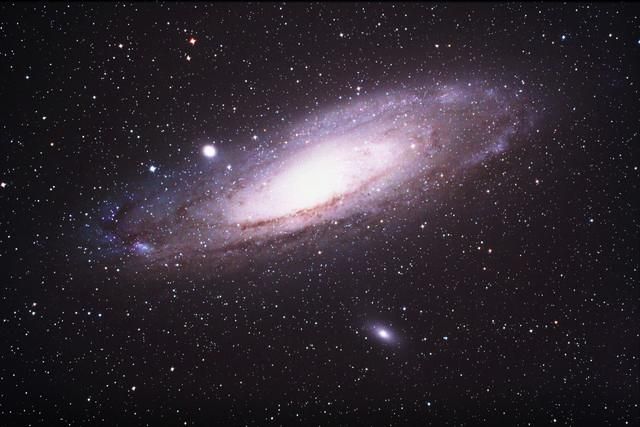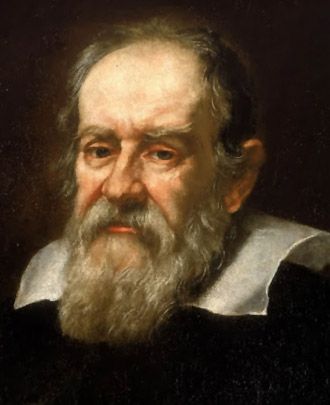Science and Technology

Andromeda Galaxy. Wikimedia Commons (Public Domain)

Galileo. Wikimedia Commons (Public Domain)
Science and technology is quite a broad category, and it covers everything from studying the stars and the planets to studying molecules and viruses. Beginning with the Greeks and Hipparchus, continuing through Ptolemy, Copernicus and Galileo, and today with our work on the International Space Station, man continues to learn more and more about the heavens.
From here, we look inward to biochemistr ... Read more
y and biology. To truly understand biochemistry, scientists study and see the unseen by studying the chemistry of biological processes. This science, along with biophysics, aims to bring a better understanding of how bodies work – from how we turn food into energy to how nerve impulses transmit.
Chemistry is a science that explains how salt, something on every table in the world, can be made from sodium and chlorine, two elements that are poisonous to humans. From its beginnings, when Aristotle defined the existence of the atom, to modern chemistry, which combines atomic theory and organic chemistry, this field continues to advance our lives.
In technology, you’ll find many of the things that make life easier today. This includes medical advances like MRI machines, fuel-efficient transportation, portable computing devices, and flat screen televisions. Advances in the field of technology continue to amaze and astound. Modern computing technology is able to communicate wirelessly to the Internet and to other devices – advances that have freed computers from desks and made technology and information available to more and more people.
Science and technology hold the answers to many of life’s questions.


